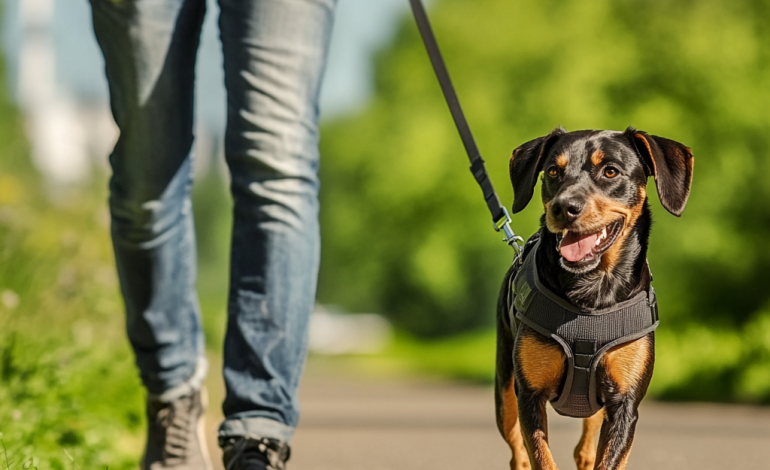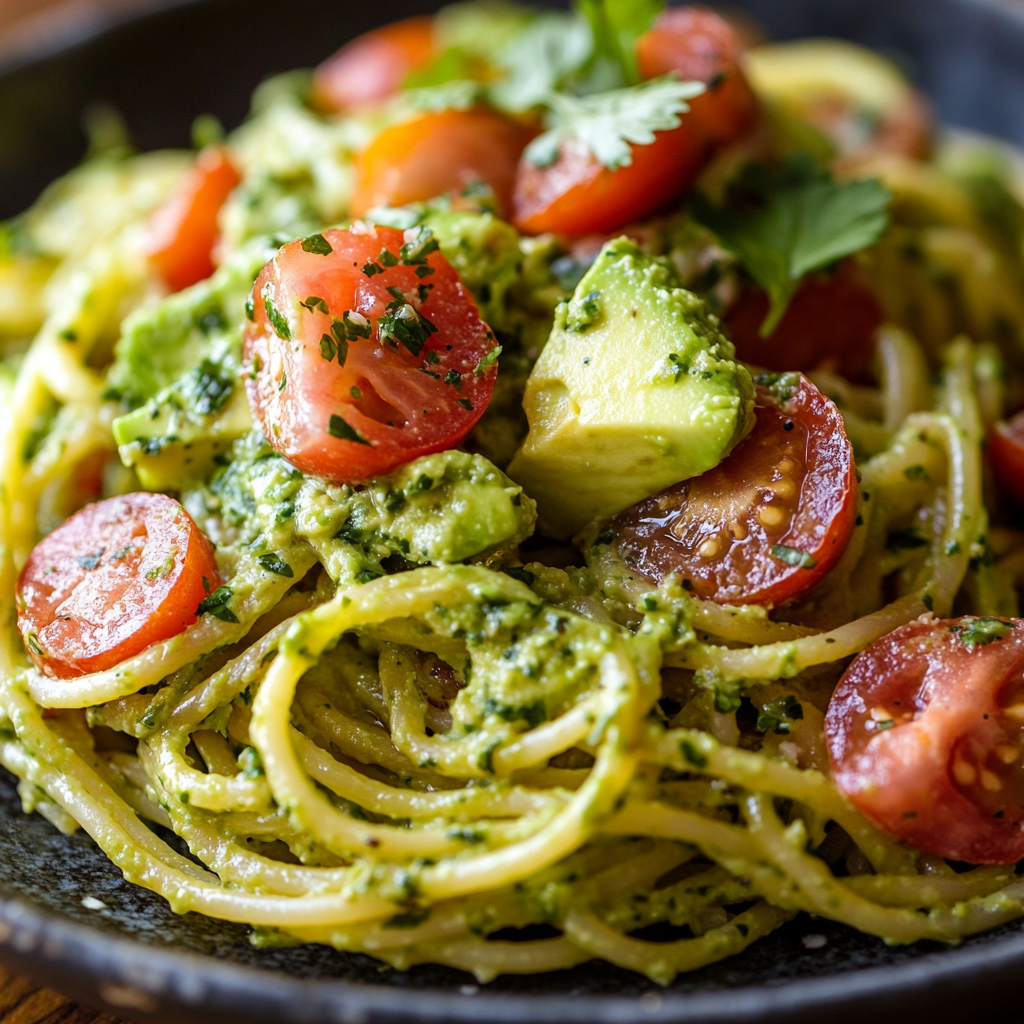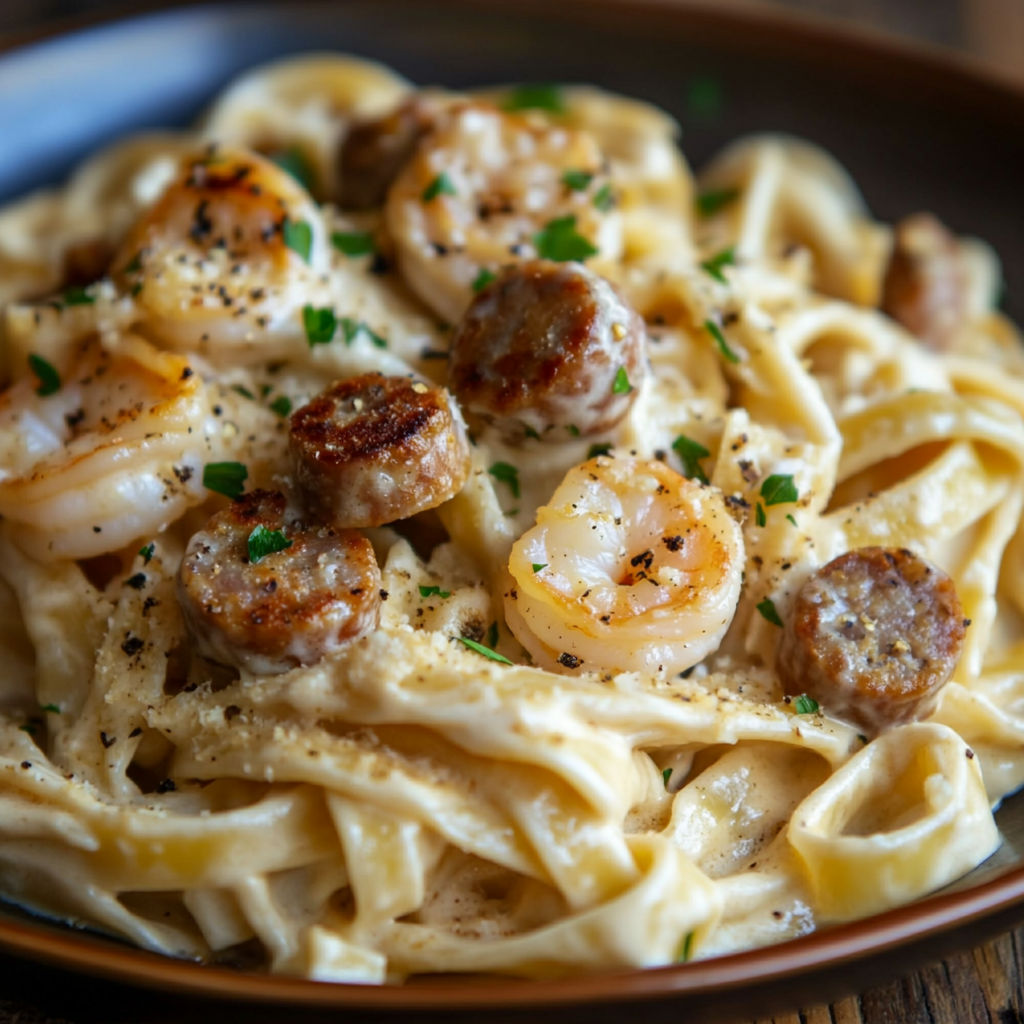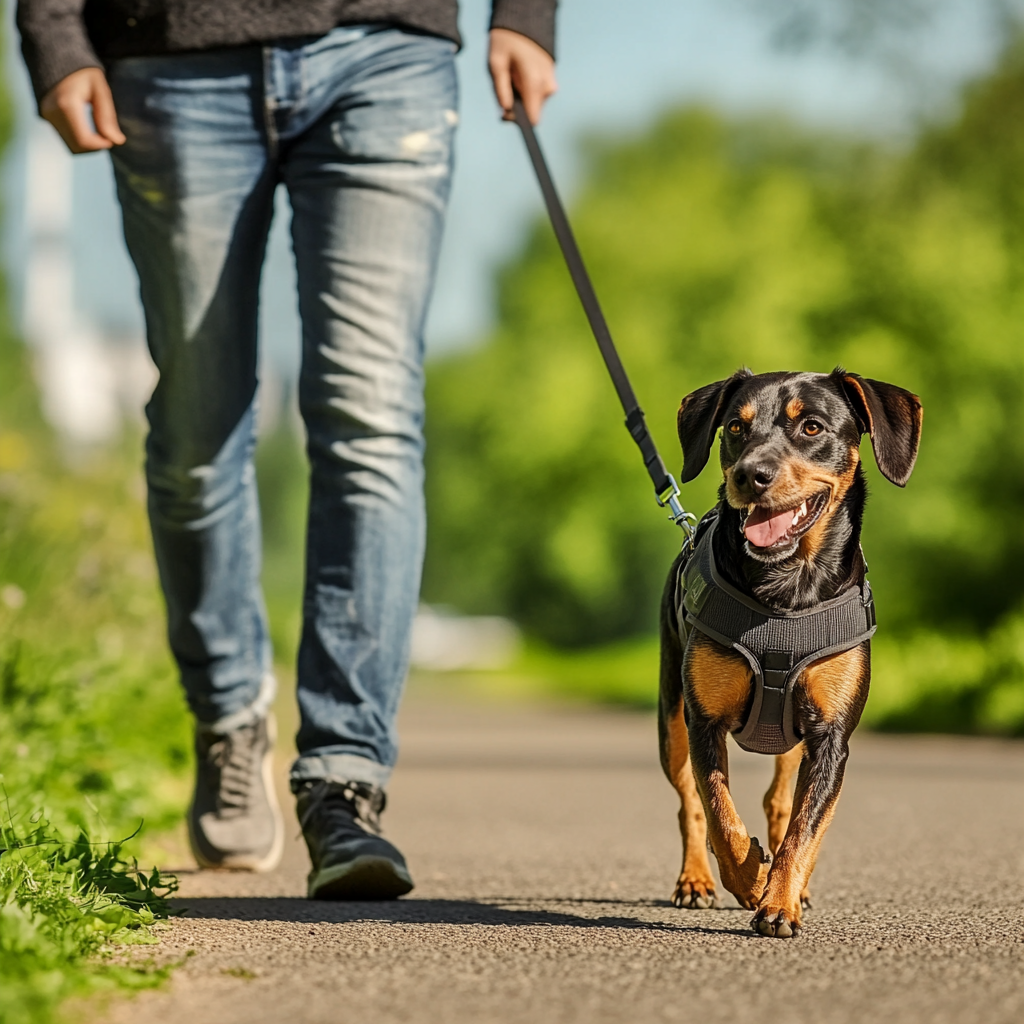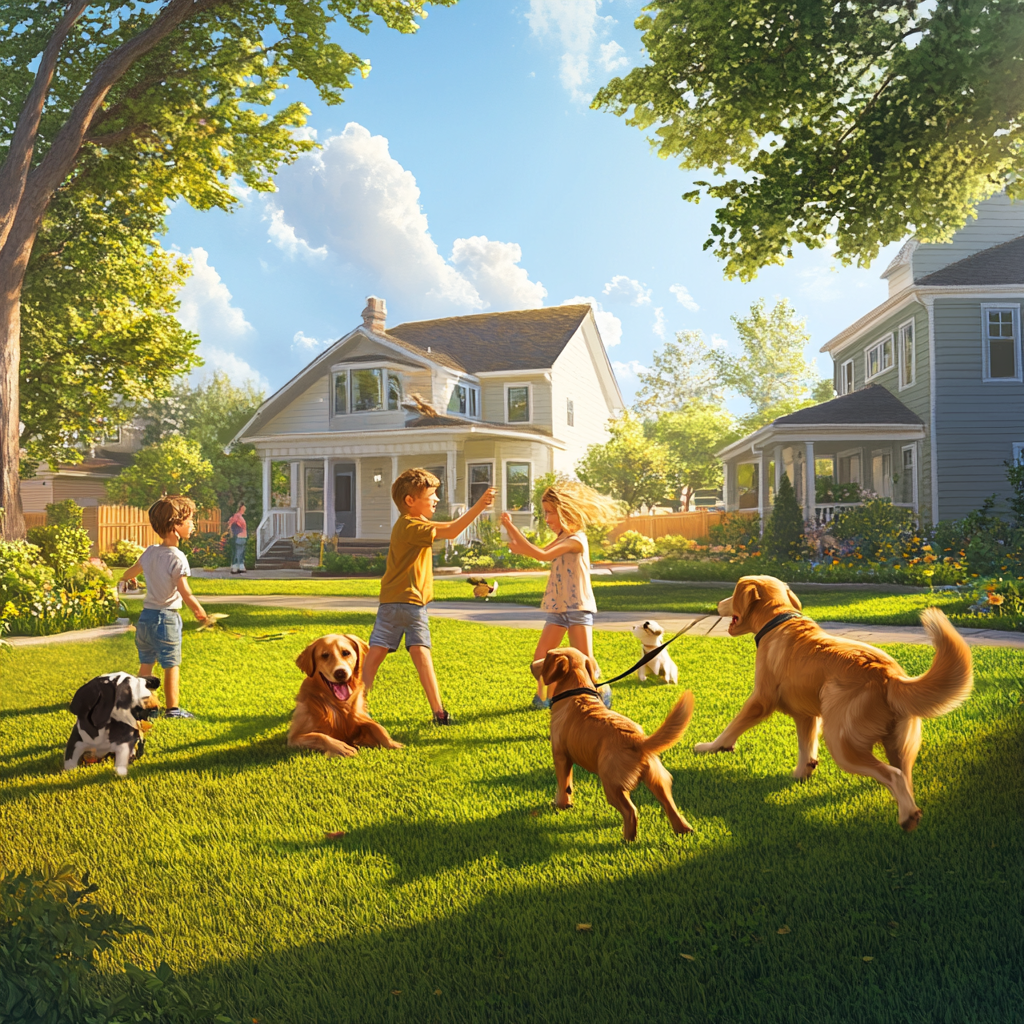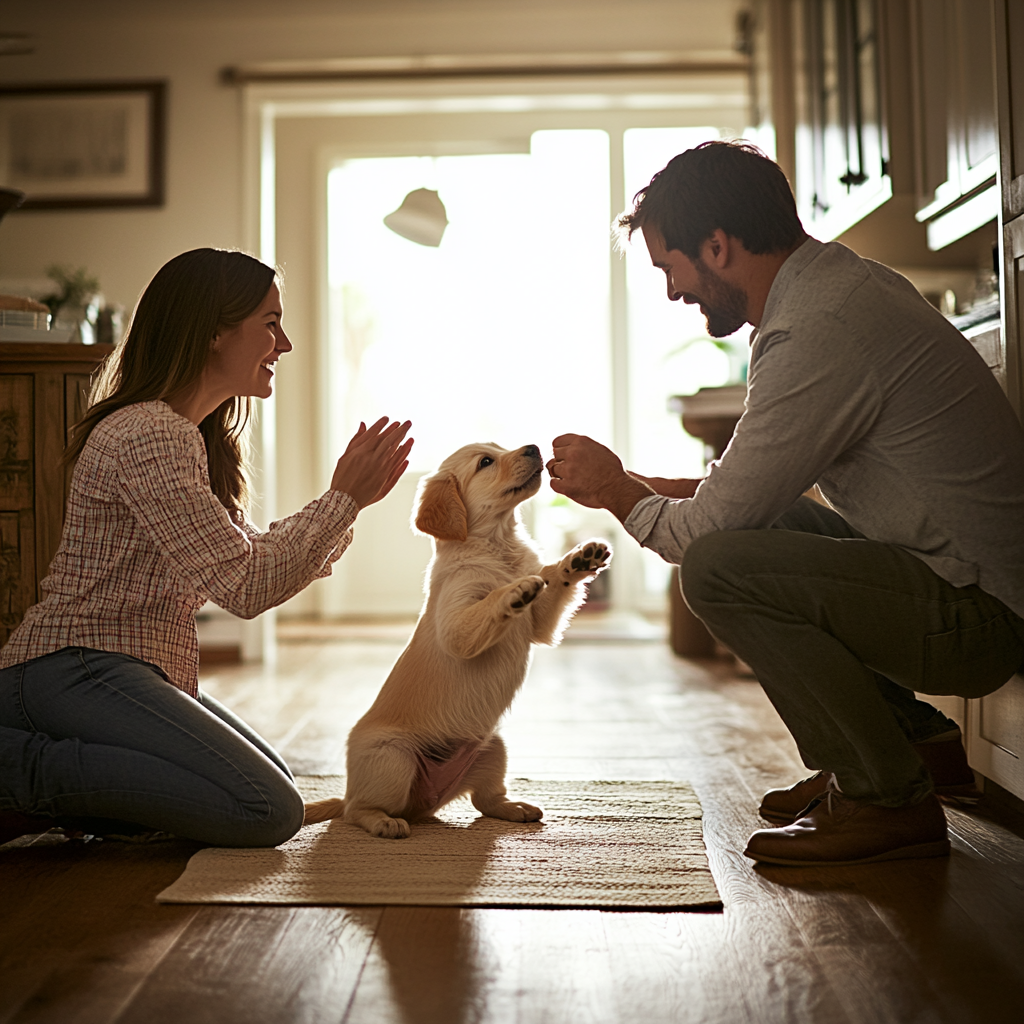Step-by-Step Puppy Training Guide for Beginners
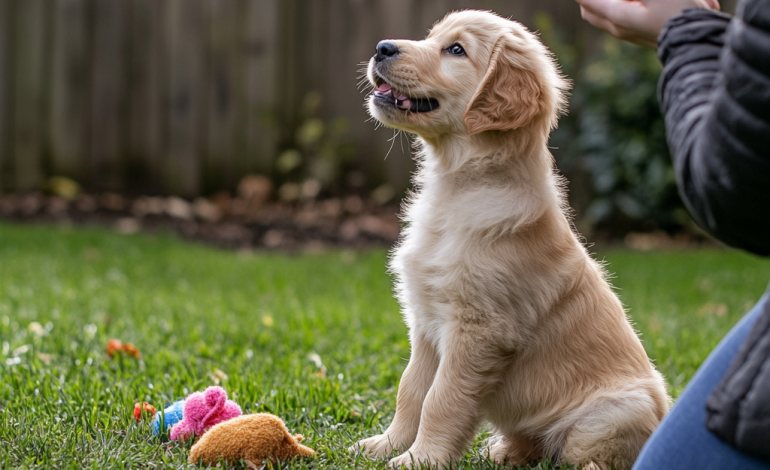
Training a puppy can seem overwhelming, but with the right approach, you can turn the process into an enjoyable and rewarding journey. In this guide, we will show you how to train a puppy effectively, focusing on key steps that every beginner needs to know. Whether it’s potty training or teaching basic commands, this step-by-step guide will help you create a strong bond with your furry friend.
Why Puppy Training is Essential
Training your puppy is crucial for establishing a happy and healthy relationship between you and your pet. Here’s why it matters:
- Prevents behavioral problems: Early training reduces the risk of bad habits forming.
- Strengthens your bond: Positive training techniques help build trust.
- Ensures safety: A well-trained dog is less likely to engage in dangerous behaviors.
How to train a puppy: Preparing for Puppy Training
Choosing the Right Training Tools: Best ways to train a puppy
Before you start, gather the essential tools for training:
- Collar and leash: Choose a comfortable and adjustable collar.
- Treats: Use small, high-value treats to reward good behavior.
- Clicker: Optional, but helpful for clicker training.
- Crate: A safe space for your puppy.
Setting Up a Routine
Consistency is key when training a puppy. Establish a schedule for:
- Feeding times
- Bathroom breaks
- Training sessions
- Playtime and naps
Step 1: Potty Training Your Puppy
How to train a puppy: Creating a Bathroom Schedule
Start by taking your puppy outside:
- First thing in the morning
- After meals
- Before bedtime
Reward your puppy immediately after they go to the bathroom outside. Use phrases like “good potty” to associate the behavior with positive reinforcement.
Handling Accidents
Accidents will happen. Stay patient and avoid punishment. Instead:
- Clean the area thoroughly to remove odors.
- Redirect your puppy to the appropriate spot.
Step 2: Teaching Basic Commands
Sit, Stay, and Come
Teaching commands is fundamental to how to train a puppy. Here’s how:
Teaching “Sit”
- Hold a treat close to your puppy’s nose.
- Move your hand upward, causing them to sit naturally.
- Say “Sit” and give the treat.
Teaching “Stay”
- Ask your puppy to sit.
- Open your palm in front of them and say “Stay.”
- Take a step back, then return and reward.
Teaching “Come”
- Use a leash to guide your puppy gently.
- Say “Come” and reward when they approach.
Step 3: Socializing Your Puppy
Socialization is a vital part of training. Expose your puppy to:
- Different people
- Other dogs
- Various environments and sounds
Early socialization helps reduce anxiety and prevents aggression.
Step 4: Crate Training
Why Crate Training Works
Crate training provides your puppy with a safe and secure space. To start:
- Introduce the crate as a positive place with treats and toys.
- Gradually increase the time your puppy spends in the crate.
- Avoid using the crate as punishment.
Common Puppy Training Mistakes to Avoid
Inconsistency
Mixed signals can confuse your puppy. Always use the same commands and rewards.
Lack of Patience
Training takes time. Celebrate small victories and remain patient through setbacks.
Conclusion: How to train a puppy
Learning how to train a puppy is a journey filled with patience, consistency, and love. By following this step-by-step guide, you can raise a well-mannered and happy pup, setting the foundation for years of companionship.


